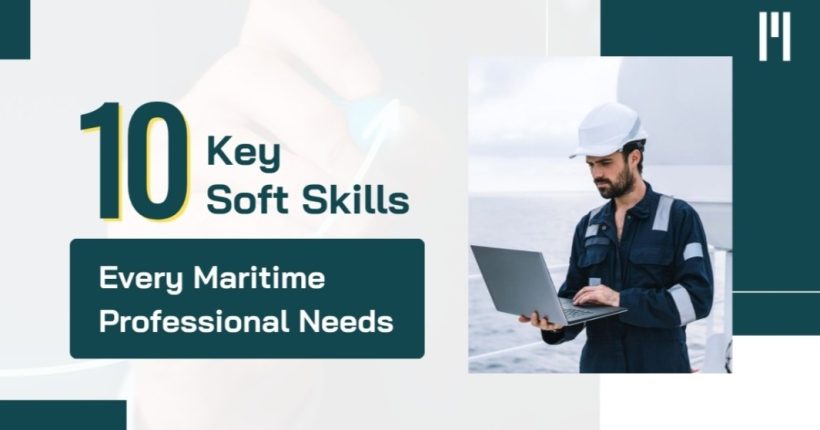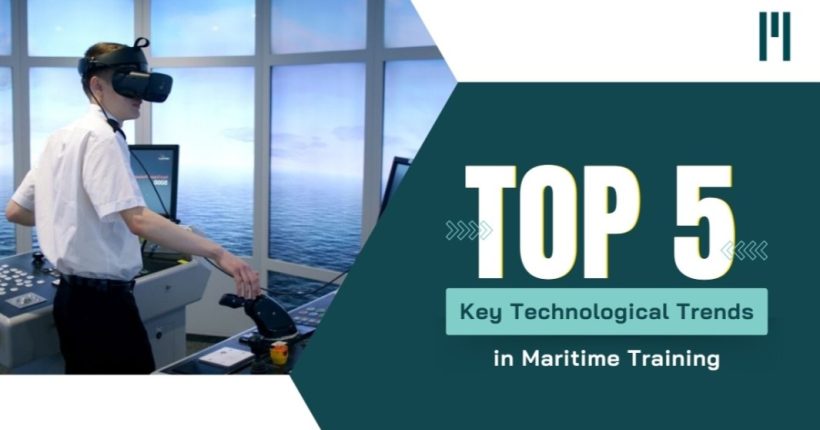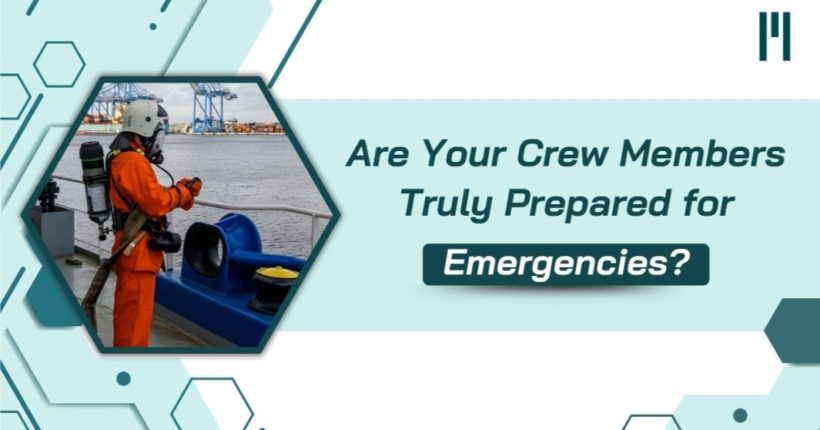The maritime industry is the backbone of global trade, connecting the world through oceans. But with this responsibility comes challenges such as keeping up with new regulations, handling modern technology and ensuring safety at sea. This is where training and skill development for seafarers become essential.
At IMOI, we understand the critical role that judicious investment in training plays in ensuring the safety, efficiency and competitiveness of our maritime workforce. This article explores how to strategically invest in learning and skill development for seafarers, ensuring they are well-equipped to navigate the future.
Why Training Your Seafarers is a Must
Imagine a ship at sea with a crew unsure of how to handle an emergency. That’s why investing in training is not just about ticking boxes; it’s about empowering seafarers to handle real-world challenges. Here’s how training makes a difference:
- Stay Compliant, Avoid Trouble: International regulations like IMO and STCW demand that crews meet strict standards. Training helps companies avoid penalties and delays while ensuring smooth operations.
- Boost Efficiency: A skilled crew works faster and smarter. They know how to operate complex equipment, follow safety rules and solve problems before they become big issues.
- Keep Everyone Safe: With proper training, seafarers learn to handle emergencies like hazardous cargo, fire outbreaks and risky weather. This means fewer accidents and safer journeys for everyone.
Why Companies Struggle with Training
Here are some common roadblocks:
- Tight Budgets: Many companies worry about the cost of training. But the truth is, the cost of accidents, delays or non-compliance is much higher.
- Disrupting Operations: Taking crew members off duty for training can seem like a hassle, especially when deadlines are tight.
- Lack of Awareness: Some companies still rely on old-school training methods, missing out on modern tools that are more engaging and cost-effective.
How to Invest in Training the Smart Way
So, how can companies overcome these challenges and make their training investments count? Here’s a simple 5 steps roadmap:
- Know What Your Crew Needs: Before jumping into training programs, identify the specific skills your crew lacks. For example, do they need to learn about handling hazardous cargo? Or maybe they need leadership skills? A Training Needs Analysis (TNA) can help you pinpoint exactly where to focus your efforts.
- Partner with the Right Experts: Not all training providers are created equal. Choose an experienced institute that understands the maritime industry inside out. At IMOI we offer courses designed to meet global standards, ensuring your crew gets the best training available.
- Embrace Technology: Training doesn’t have to mean boring lectures anymore. Modern tools like VR and simulators make learning hands-on and exciting. Seafarers practicing emergency drills in a virtual environment is safe, engaging and impactful.
- Focus on Compliance and Safety: Invest in training that aligns with international regulations and improves safety, such as IMDG codes or risk management. These are not just mandatory but also critical for smooth operations.
- Don’t Forget Soft Skills: While technical knowledge is essential, soft skills like leadership, teamwork and communication are equally important. These soft skills help crews work better together, especially in high-pressure situations.
Read our recent blog to discover the top 10 soft skills every maritime professional must have.
What Makes IMOI the Best Choice for Seafarer Training?
ISF Maritime and Offshore Institute (IMOI) partners with you to build your team’s future, trusted by global companies. Here’s why companies around the world trust IMOI:
- A Variety of Training Options: Offers classroom, self-paced e-learning, VR & simulation based training tailored to different needs.
- Tailored to Your Needs: IMOI works closely with organizations to design programs that suit their specific requirements.
- Cutting-Edge Technology: From simulators to augmented reality, IMOI uses the latest tech to make learning engaging and effective.
- Global Standards: Courses align with international regulations for global readiness.
- Proven Results: Professionals who’ve trained at IMOI consistently praise the programs for being practical & relevant.
Conclusion
Investing in the learning and skill development of seafarers is not just a strategic decision; it is a necessity for the maritime industry’s growth and sustainability.
Visit us at https://isfgroup.in/Imoi/Trainings/ to explore our training programs.
By judiciously investing in their development, we can ensure a safer, more efficient and more sustainable future for the maritime industry.


